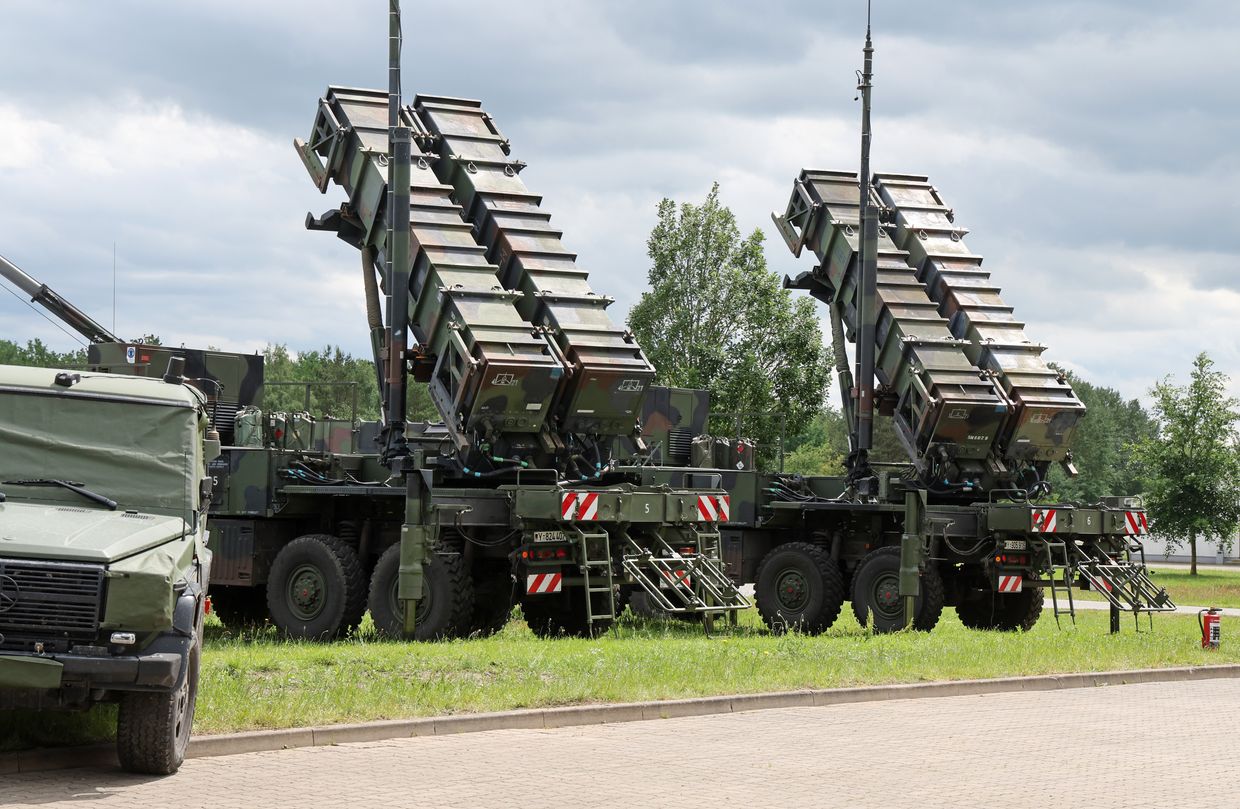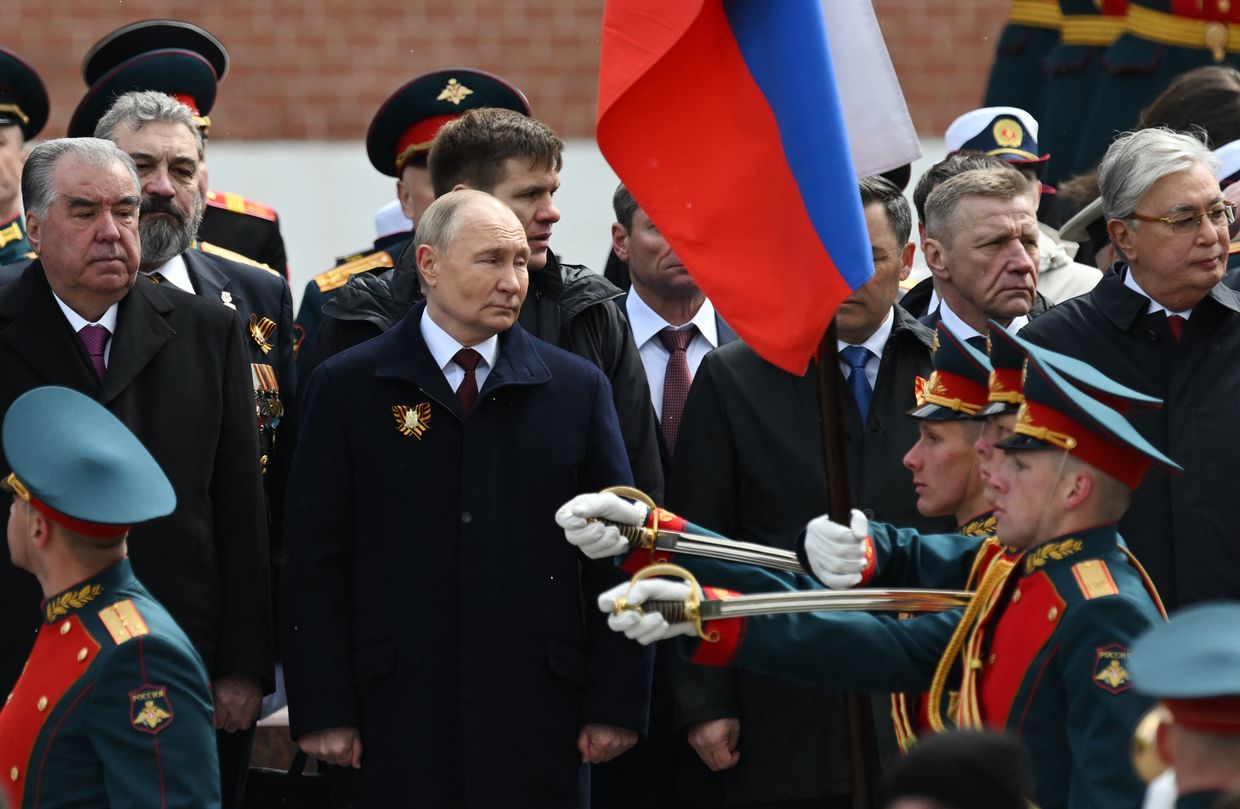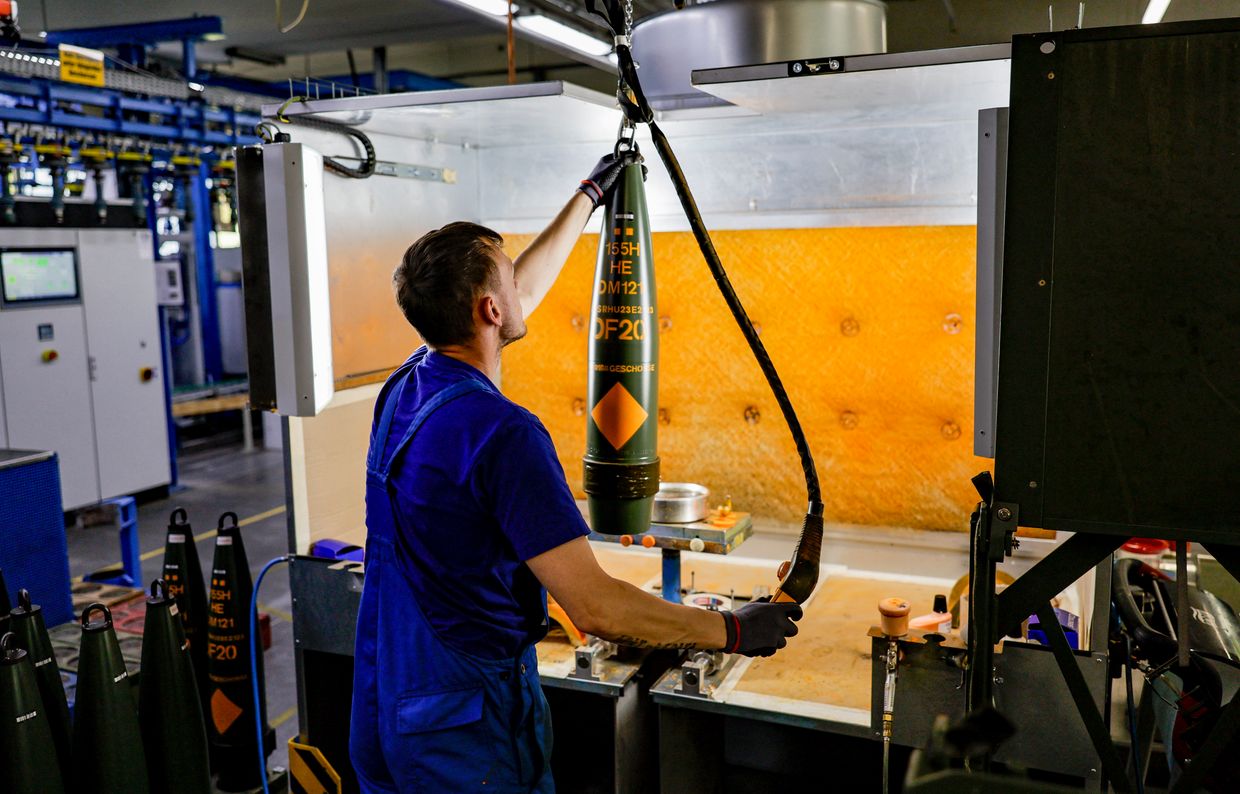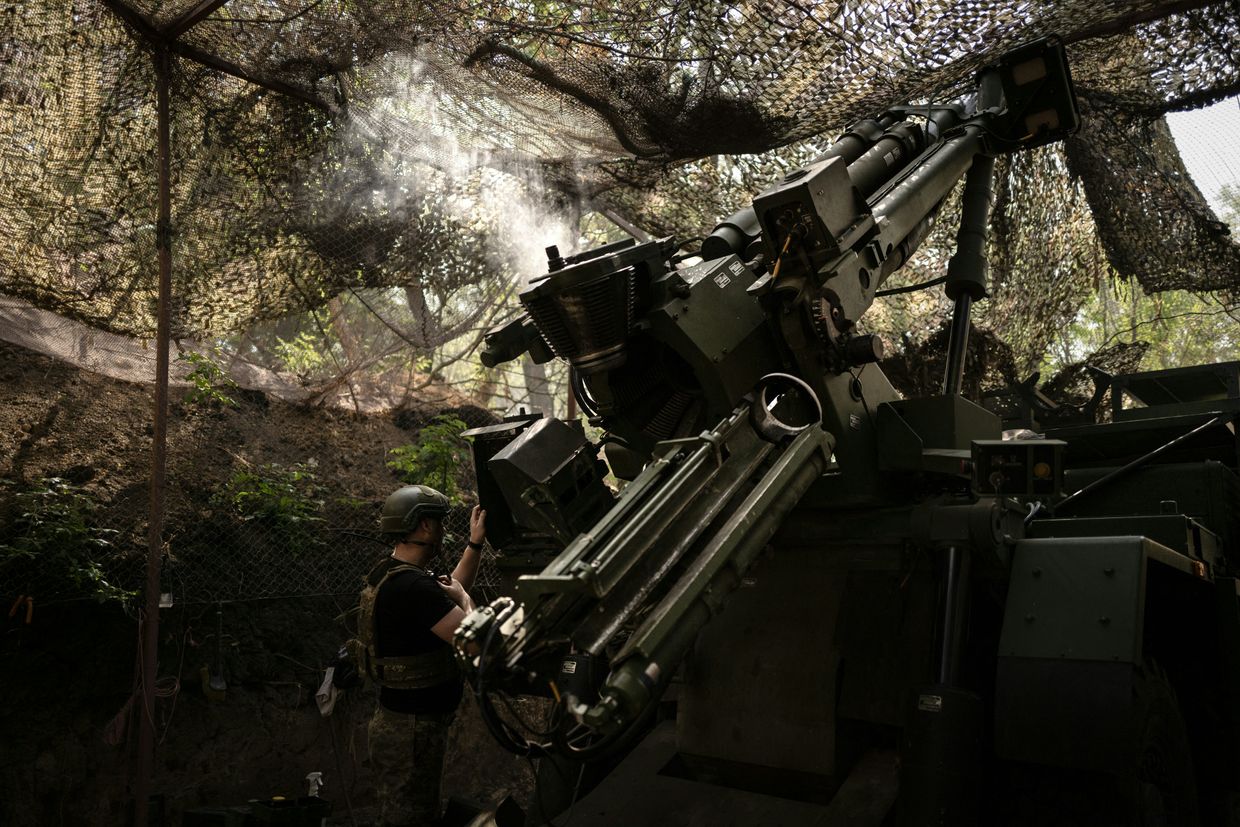As Israel and Iran continue to trade salvos, dramatic footage of air defenses battling ballistic missiles have flooded the internet.
Several prominent online commentators have compared the videos coming out of Israel with those from Ukraine, questioning why Russian attacks like those on Kyiv are portrayed in relatively sparse detail, while those from cities like Tel Aviv show the full, terrifying spectacle of modern warfare.
Ivan Kyrychevskyi, a military expert with the Defense Express think tank, told the Kyiv Independent that the accounts raising questions appear to be part of a disinformation campaign attempting to downplay Russia's violence and the suffering of Ukrainian civilians.
Some of the differences in footage is simply down to the types of weapons being used, Kyrychevskyi adds.
"Shahed drones or even Russian missiles targeting Kyiv and other cities don’t always create the kind of dramatic visual effect people expect, like prominent trails in the sky," he said.
But there's far more to it than just smoke trails.
What do videos from Israel and Ukraine show?
The videos coming from Israel have been both horrifying and spectacular — some filmed live by international media teams have shown Israeli air defense systems launching interceptors at incoming Iranian ballistic missiles, all in HD quality.
Live on Fox News as Tel Aviv comes under a massive ballistic missile attack. pic.twitter.com/TCltXbpVgw
— Trey Yingst (@TreyYingst) June 13, 2025
Countless other videos filmed by civilians also show Israeli air defenses in action close to their launch sites, particularly in Tel Aviv.
Footage of an Iranian ballistic missile hitting downtown Tel Aviv this evening. pic.twitter.com/7UzzW0M52G
— OSINTtechnical (@Osinttechnical) June 13, 2025
Footage of Russian attacks on Ukraine are very different — there are no international media teams filming from hotel balconies, and no footage of air defense systems launching interceptor missiles.
There are plenty of videos of the attacks. After the most recent strike on Kyiv overnight on June 17, which killed 28 people, there was footage of drones slamming into residential buildings.
🚨 A direct strike by a Russian-Iranian Shahed drone on an apartment building full of civilians in Kyiv. pic.twitter.com/8GYrh3X9ri
— Ostap Yarysh (@OstapYarysh) June 17, 2025
There are also plenty of videos of the devastating aftermath.
Trump: Russia should be in the G8. I don’t want to impose sanctions.
— Yaroslav Trofimov (@yarotrof) June 17, 2025
Putin: Yay. Let’s lob missiles into Kyiv residential buildings at night and murder lots of sleeping Ukrainians. pic.twitter.com/h77mFO8pl1
But there is never anything similar to the types of videos that we have seen coming out of Israel recently, and for good reason.
Filming Ukraine's air defenses
In Ukraine, filming and publishing the work of air defense systems is strictly prohibited, as such information can help the Russian army to locate military positions.
"When people record the work of air defense systems, the enemy can actually see the image of the same missile launch in real time, and determine the location of the launcher very accurately, and can strike back," Air Force spokesperson Yurii Ihnat told the Kyiv Independent.
"Large air defense systems are priority targets for the enemy. So they are always trying to find out where our air defense is, what position it is in. And we have to constantly change our positions so that the enemy does not know where we are."
On March 24, 2022, the Verkhovna Rada, Ukraine’s parliament, adopted legislative changes to introduce criminal liability for sharing the locations or movements of the Armed Forces, including air defense units.

Breaking the law can be punished by up to 12 years in prison. Ukraine's military and security services can film and publish videos but always remove or blur anything that could be used to locate air defenses.
"We (Air Force) often show air defense work. We ask the soldiers themselves, if possible, to film it for us. But we always edit out the harmful parts," Ihnat said.
Israel does not have such a law.
Why is it legal in Israel, and illegal in Ukraine?
This essentially boils down to the fact that Israel has one of the most sophisticated networks of air defense on the planet and has less to fear from Iran locating its systems than Ukraine does of Russia.
Ukraine is one of the largest countries in Europe, with a vast territory of 603,628 square kilometers, making it difficult to cover entirely with air defense systems. In contrast, Israel's much smaller size, around 22,000 square kilometers, allows for denser and more efficient deployment of air defenses like the Iron Dome.
"Israel's air defense system has mostly been developed in Israel and is a tightly integrated capability consisting of radars, control centers, and interceptor batteries," Iain Boyd, the director of the Center for National Security Initiatives at the University of Colorado, told the Kyiv Independent.
Ukraine's situation is very different — it currently operates an ad-hoc mix of Soviet-era and Western-supplied air defense systems. These include legacy systems such as the S-300, Buk-M1, and Osa, as well as modern Western systems like Patriot, NASAMS, IRIS-T.

The Patriot air defense systems — the only system effective against ballistic missiles — in particular have proved to be a game-changer for Ukraine, whose Air Force previously had to rely on outdated Soviet-era versions to shoot down aerial targets.
Ukraine currently has only eight Patriot systems, two of which are currently not in service, according to the New York Times.
Because the equipment — including the ammunition — are limited in number, each is extremely precious for the defense of Ukrainian cities and as such their locations are shrouded in secrecy.
"There are two main reasons for the categorical ban on filming the work of air defense in Ukraine," retired military officer and defense expert Viktor Kevliuk told the Kyiv Independent.
"To prevent the intentional or unintentional exposure of an air defense position that our enemy is hunting, and to hide the results of strikes from the enemy."
With so much at stake, Ukraine's civilians abide by the rules, with only a handful of cases of people being prosecuted for breaking them.
A video on YouTube highlighted by Ihnat captures the attitude toward those who do film Ukraine's air defenses.
The lyrics to the song? "Who's filming air defense? F**kwits, f**wits."
Hi, this is Chris. Thank you for reading this article. The Kyiv Independent doesn't have a wealthy owner or a paywall. Instead, we rely on readers like you to keep our journalism funded. If you liked this article, consider joining our community today.












